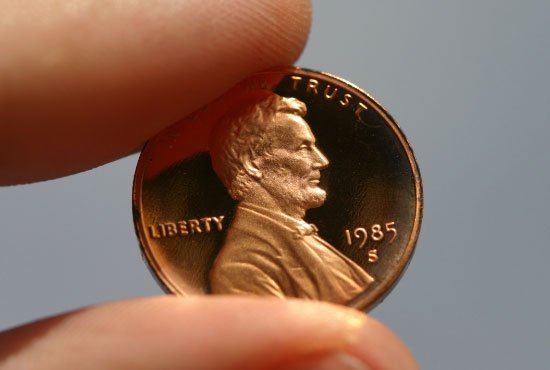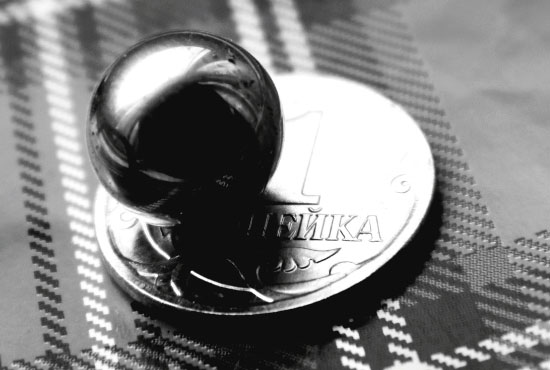The penny is not used as much as it was back when Benjamin Franklin designed it. Inflation and the cost of goods have made it impossible to actually buy anything that costs just one cent.
In 1932 you could ride on the Southern Railway System for just one penny. Penny candy was popular, and for just one penny you could view a short movie, or you could play a game at a carnival.
Today the penny will not get you any of those things, and some people say it is time that the penny was retired. The problem with that school of thought is when there is no longer a one-cent coin then all purchases will be rounded up to the nearest nickel and that means you are going to pay more for everything.
How Much Does A Penny Weigh?

The average, run-of-the-mill one-cent piece known as a penny weighs about 2.5 grams (0.088 ounces).
These monetary units have a diameter of 19.05 mm and they are 1.52 mm thick. They are made from 97.5% zinc and plated with copper.
The Penny Roll
A penny roll is comprised of 50 pennies. The average roll of pennies weighs 125 grams or 4.40925 ounces.
That is because one of the coins weighs 2.5 grams and you simply multiply 50 x 2.5 grams to reach a weight of 125 grams.
Knowing the weight of a roll of pennies allows financial institutions to weigh rolls of the coins to make sure they are getting 50 pennies inside the wrapper and not something else.
How Much Do Steel Pennies Weigh?

In 1943 copper was in short supply because it was needed to make war materials. To increase the amount of available copper the government made steel pennies for that year.
The steel penny was slightly heavier than the pennies we use today. This penny weighed about 2.8 grams whereas the common one-cent piece used today weighs about 2.5 grams.
The steel penny of 1943 is not a rare coin. There were more than one billion of these coins made.
Each of the coins is coated in zinc. You can quickly identify an authentic steel penny by sticking it to a magnet.
The silvery penny and the dime were so close in size that they were often confused for each other.
Today these one-cent pieces are worth between 25 cents and 75 cents if they are in good condition. The rusted coins are basically worth less than a penny now.
Penny Costs
Inflation has struck the money-making business too. To make the 2.5-gram coin the government spends about 2.1 cents.
The penny is not the only coin that costs more to make than it is valued.
It costs about 8.52 cents to make a nickel valued at five cents.
At least the government is not losing money on the dime, quarter, or half-dollar. Those coins still cost less to make than they are worth. It only costs about 11.67 cents to mint a half dollar and 9.63 cents to mint a quarter. Dimes cost close to half of their value to mint. It takes 4.39 cents to create a dime.
Did You know?
- In 1793 this coin was almost as large as a half-dollar is today?
- The Lincoln penny, minted between 1959 and 2007, is aptly named because Lincoln is featured on both sides of the coin. On the front of the coin, we had Lincoln’s face and on the back of the coin, you saw Lincoln seated in the Lincoln Memorial. Heads or tails you had Lincoln showing every time.
- In 1839 Miss Liberty was featured on the obverse side of the coin. People thought the image looked kind of silly and the coin is now known as a “Silly Head”.
- The back side of a penny is called the reverse and the front side is the obverse.
- In 1856-58 there were one-cent coins that were white cents. The white one-cent pieces were the Flying Eagle of 1856 through 1858 and the Indian Head made in 1859 through 1864. These coins had a white color to them because they had 12% nickel and 88% copper. The nickel made them look white, or lighter in color.
- Lincoln was the first real person to have their image on an American-made coin. Washington may have been our first president but he was not the first one to be seen on our money.
FAQs
Why Is It Called A Penny?
After a popular British coin called a penny. The British penny was the smallest monetary unit so Americans named their smallest monetary unit a penny also.
Who Designed The Penny?
Benjamin Franklin.
When was the first penny made?
In 1787.
